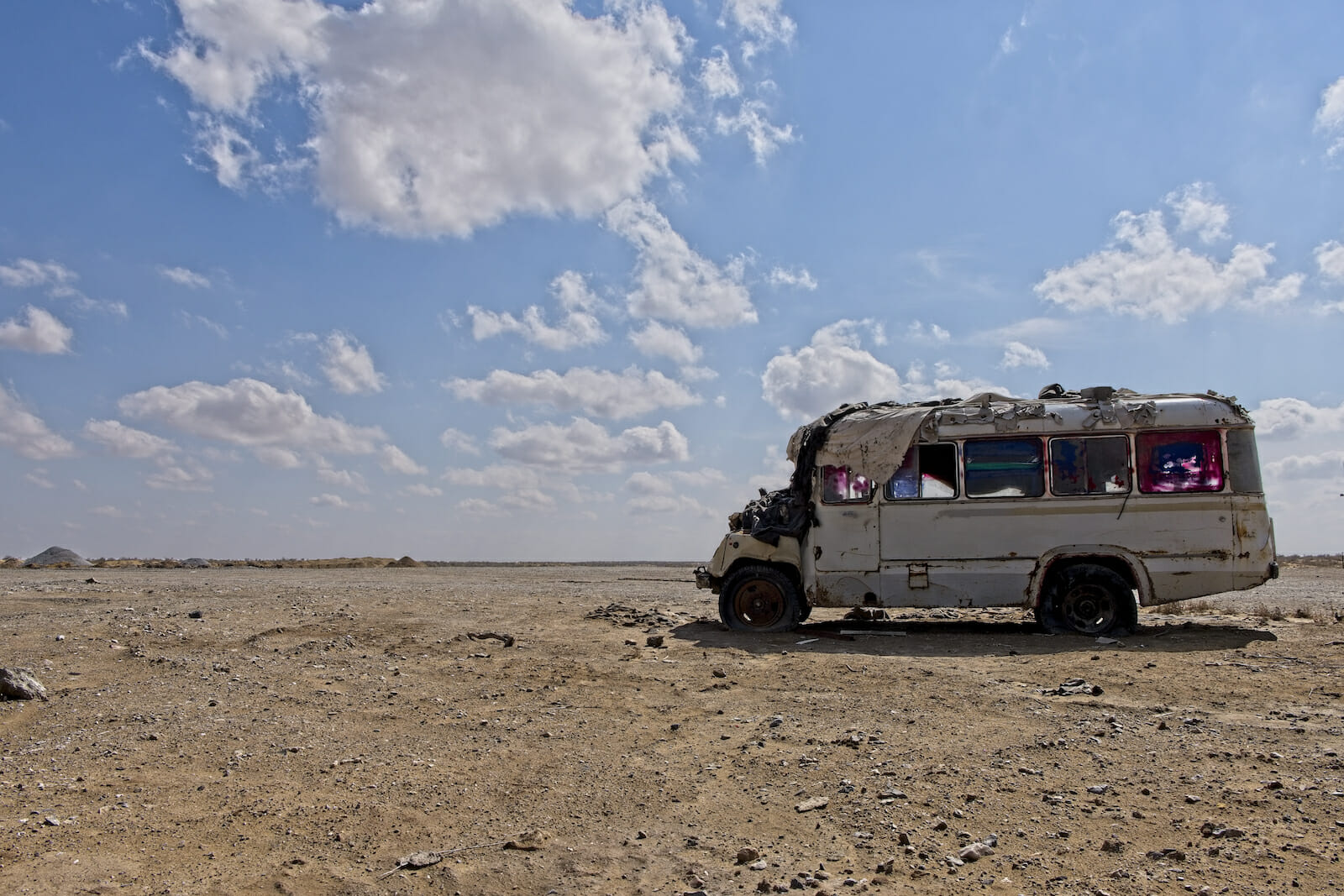
At the Heart of the Silk Road, a Hidden Gem is Emerging
The ancient Silk Road linked China to the West, carrying goods and ideas between the two great civilizations. Silk, spices, and gunpowder went westward, while wool, glass, and gold spread east. The legendary cities of Samarkand and Bukhara, located in modern-day Uzbekistan, prospered from this trade route until the Black Death and the fall of the Mongol Empire led to its decline and disintegration.
Much has been talked about the revival of the Silk Road, especially through China’s controversial Belt and Road Initiative, which tries to restore the ancient Eurasian trading network by combining economic land corridors with international shipping lanes but has been criticized for leaving Asian countries saddled with debt.
But now the New Silk Road is receiving a major boost, from its ancient heartland Uzbekistan. After decades of self-imposed isolation under long-time strongman Islam Karimov, the former Soviet republic is emerging once again at the crossroads of commerce.
Although one of only two countries in the world that is double landlocked (the other is Liechtenstein in Europe), Uzbekistan lies strategically at the heart of the Silk Road and has begun a major political and economic transformation under President Shavkat Mirziyoyev, implementing reforms and opening up to investors and the world.
Once known as one of the region’s most stagnant and repressive countries, under Shavkat Mirziyoyev, Uzbekistan has undeniably shaken off socialism and embraced capitalism. A surprise to some, given that Mirziyoyev served as Karimov’s prime minister for 13 years.
When Mirziyoyev took over following Karimov’s death in 2016, he was actually given a lot to work with, allowing him to rapidly overhaul the economy. The country was already well diversified, with industries ranging from agriculture, hydrocarbons, and textiles to mining, food processing, and manufacturing. The population – the largest in Central Asia – is young, educated and growing quickly. And its strategic location between China, Russia, Europe, and the Middle East has not only attracted the interest of investors but also foreign powers vying for a military foothold in the country.
The power transition was smooth, swift and, importantly, stable. Mirziyoyev got to work quickly, abolishing capital and currency controls, easing visa requirements and launching a privatisation initiative, selling off non-strategic state-owned assets. The chairman of the state committee for investments, Azim Akhmedkhadjaev, talked about a “new epoch of intense development.”
The transition from economic and social pariah to a free market economy is no easy task, and sceptics abounded. But Mirziyoyev embarked on a global tour that took him to the capitals of India, China, Japan, and the U.S., where he met investors as well as corporate and government leaders. The investment trips were successful: seven special economic zones were created, offering favourable tax breaks to investors.
Today, Uzbekistan has become the rising star of Central Asia. The $50 billion economy grew 6% in 2018, but the International Monetary Fund is forecasting growth of up to 8% in the coming years. Foreign direct investment increased four-fold in the first half of 2019, compared to a year ago, while the number of registered businesses has doubled. This has been reflected in the World Bank’s ease of doing business rankings, in which Uzbekistan jumped up 90 places since 2012, to 76th position this year.
Dynamism and a renewed confidence are palpable. Construction cranes dot the skyline of the country’s capital Tashkent, where a $1.7 billion international business and financial hub is being built, including an industrial park, a shopping mall, business centres, restaurants, and residential flats. Key infrastructure projects are also in the works, many of them in collaboration with China, such as the $5 billion fully electrified rail line linking the two countries. Russia too wants in on the action. During his recent visit, President Vladimir Putin announced $30 billion worth of deals, mainly in the energy sector.
Mirziyoyev also eyed Europe and the U.S. in his quest for investment and geopolitical support, which, however, required dramatic improvements in human rights. But here too, Uzbekistan has made inroads, releasing dozens of political prisoners and reducing the use of forced labor. Cronyism is being curbed and light criticism tolerated. This progress has been appreciated in the West, which has begun to queue up for a piece of the investment pie.
While democracy, with free media and free elections, is perhaps still far off, Uzbekistan has come a long way in a very short time. And in an era in which trouble spots are able to persist – from Venezuela to Iran and North Korea – Uzbekistan serves as an inspirational example on how to come in from the cold and successfully reintegrate into the global economy.
And for the New Silk Road, it is perhaps the beginning of a new dawn.
